Estimated reading time: 16 minutes
Yes, You Can Eat Everything That Grows in a Forest. But Only if You Plant It Yourself.
Many of us who like to wild forage know an unfortunate fact about nature: Most wild plants are toxic, if not poisonous.
Here are the facts:
- Cautious estimates indicate that up to 80% of wild berries are toxic with some, like Belladonna, downright deadly.
- Up to 90% of plants present toxicity to some degree.
- Of the 10,000 species of mushrooms in North America, 96% are toxic and 4% of that number will, in fact, cause death.
- Trees from Hemlock to Poison Oak, Poison Sumac and even Horse Chestnuts present varying degrees of toxicity.
It’s enough to reduce you to wild foraging in a grocery store, but most wild foragers are aware of the dangers and know what to pick and what to avoid. Then again, you can make it all a bit simpler with an edible forest.
Want to save this post for later? Click Here to Pin It on Pinterest!
Think of it as a Garden on Steroids.

You may scratch your head at the thought of a forest as a garden, but you can get some fairly rapid results with a bit of planning and proactive planting. And this isn’t just about trees.
If you think about any wild forest you’ve explored, you’re well aware of the ground plants, bushes, and brush that cover the ground in between the trees. We’re going to do the same, but all of them will be edible.
PLANNING:
Think “Forest Biome”
A natural forest evolves over time and the combination of plants and trees are both compatible and dependent on each other to varying degrees. We’re going to try to recreate some of that natural synergy which may eliminate some plants and trees that we would normally see as both safe and edible.
Black Walnut is a good example. Black Walnut trees produce a highly nutritious nut with proven medicinal properties. Unfortunately, Black Walnuts are nitrogen hogs and the surrounding soil around most Black Walnut trees is always relatively barren. That’s not the idea.
Wild, Domesticated or Hybrid Varieties?
Wild Plants
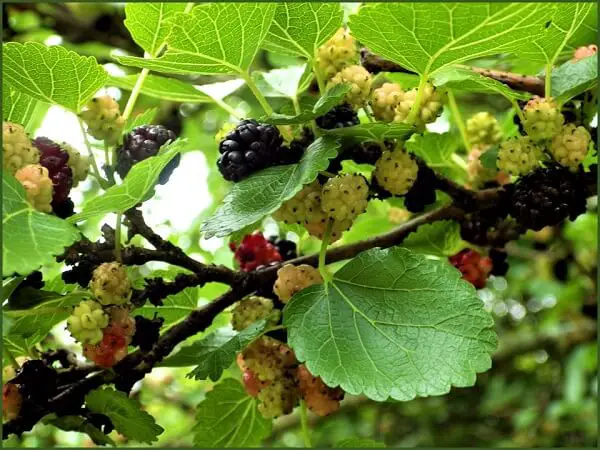
In a perfect world, our edible forest would be made up of wild plants and trees only. But that would create some limitations. If you think about it, the only wild apple trees in North America are Crab Apples. All of the other apples that we’re accustomed to eating came mostly from Europe. So, don’t feel like you’re cheating if you plant some Mcintosh, Jonathan, and Granny Smith apple trees next to your wild crabs.
Another benefit of wild ground plants and trees is that they’re indigenous to the area. That means they’ve been around for thousands of years and can tolerate any unique challenges caused by climate or soil.
Many of them have also developed natural immunities to various forms of fungus and mold, insects, and even animals. If you’re wondering how a plant could repel an animal without being poisonous, try walking through a thorny blackberry patch with short sleeves.
Domesticated Plants
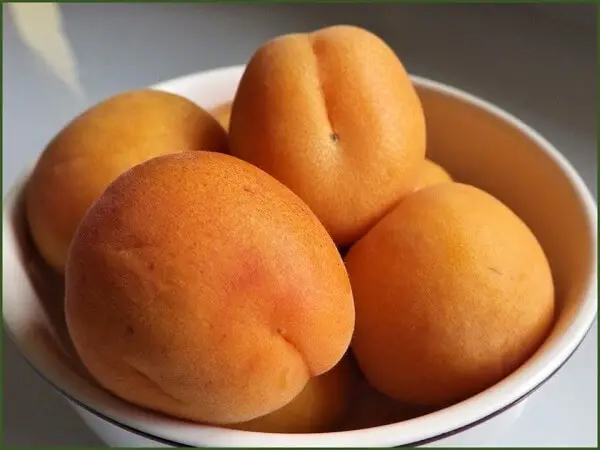
There are wild fruits and there are the domesticated fruits we buy at the grocery store. They’re very different. Wild fruits are typically smaller but make up for their size with a powerful punch of flavor. Domesticated fruits are larger but not nearly as flavorful as their wild counterpart.
There’s nothing wrong with buying and planting domesticated varieties. It’s all a matter of personal choice and personal taste. Although there are many people who have puckered up after eating a wild grape and look with a bit of longing at grapes from the store.
You could also consider planting an heirloom variety of trees or plants. These are varieties that have existed for thousands if not millions of years. Their coloration, size, and shape sometimes appear a bit different than what you see in a store, but they’re valued for their flavor and sometimes offer complex nutritional and medicinal benefits.
Some domesticated fruits and vegetables are larger and hardier simply as a result of their species and evolution. These varieties are often cultivated over others because they offer better yields and are more profitable. On the other hand, some domesticated varieties are hybrids.
Hybrids
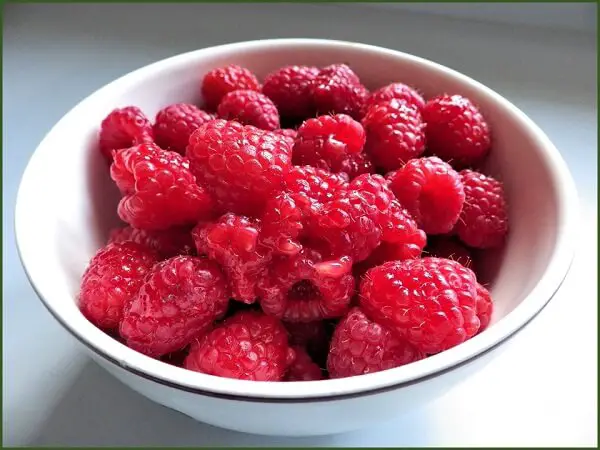
As you might suspect, many store-bought fruits and vegetables are hybrids. This is about cross-pollination, not GMO’s (Genetically Modified Organisms). Cross-pollination happens in nature all the time and is also done artificially to produce a hardier or larger variety.
Pollination gets to an important point, especially with trees. A true variety of tree like a Winesap Apple will require another Winesap Apple tree in close proximity to pollinate their blossoms and bear fruit. They will rarely cross-pollinate with pollen from a different apple tree species.
For this reason, you should plant two of each tree variety in close proximity to maximize fruit yield. Hybrids aren’t so fussy and can on some occasions accept pollen from a different variety of tree, although some hybrids never produce seeds at all.
Pollination is also important for bushes and ground plants. We don’t think about that too often with smaller plants because we tend to plant them in quantity to begin with, but most trees that bear fruit or nuts should not stand alone if you want the best yield.
A Few Words About Plant Hardiness Zones
We’ll make this simple. Plant Hardiness Zones are determined by the USDA and define climate in a certain area. You should know your zone and ask before buying any tree or plant for your edible forest.
In a nutshell, there are certain trees and ground plants that thrive in the south and die in the north. Chances are fairly good that if your local nursery or home-center doesn’t sell it, it won’t grow there. If you’re buying online, take the time to check the zone for your area. To put it bluntly, Orange trees won’t grow in Wisconsin.
How Much Space Do You Need for an Edible Forest?
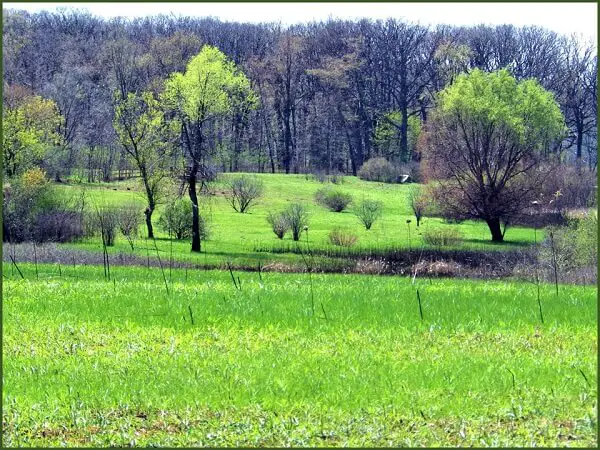
1-acre is about the minimum for a basic forest biome. You could try this idea in a smaller space, but this is mostly about acreage because of the trees and the variety of other plants surrounding them.
In the end, your edible forest can be as large or small as you want. A lot depends on how far you’re willing to walk to not only harvest the fruits of your labors, but also get them back home if you’re harvesting fruits across 20 acres.
The same is true with a smaller space in a different way. How much of your yard are you willing to give up to an edible forest? Those of us who aren’t big fans of mowing grass would probably be very generous.
Cluster or Pocket-Planting
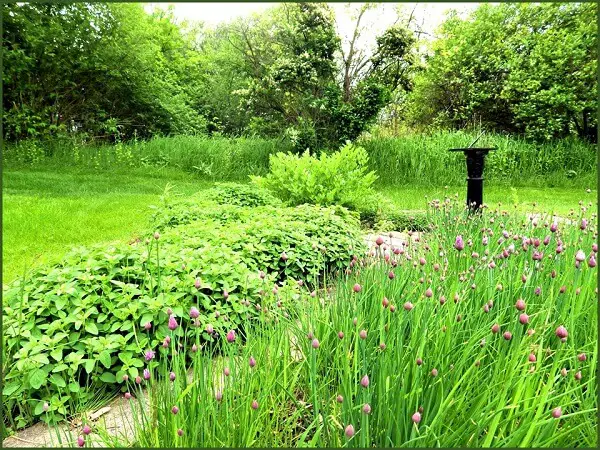
If you think about how we plant vegetables or herbs in a garden, we tend to plant them in rows or at least in a clump or cluster. This makes harvesting easier, particularly when a certain species is reaching its peak of maturity. You might want to keep that idea in mind when planting your edible forest.
The instinct when planting a forest is to “spread it around.” It seems wild and more natural. Actually, it’s not. Plants in the wild tend to grow in groups or clusters naturally. This is mostly due to the fact that the seeds of most plants can only travel so far from their source.
The result is outcrops, groves, and groups of similar plants and trees in an area. In the same way that harvesting is easy in a garden when certain varieties are planted next to and around each other, the same applies to an edible forest.
You could always spread some of your clusters around in your edible forest if you want to break it up a bit. That happens in nature all the time. But remember, the apple doesn’t fall far from the tree.
Plant Types to Consider
1. Trees

You can’t have a forest without trees. But think in terms of edible trees that provide you with the fruits and nuts you like to eat. Many of these trees you would expect to find in an orchard, but your orchard is going to be a bit on the wild side.
Here are some thought starters, and later we’ll go into some detail about planting.
- Apple Trees – Numerous varieties.
- Pear Trees – Bartlett, Bosc and others.
- Cherry Trees – Sweet and sour.
- Wild Plum Trees – They’re hardier and sweeter.
- Peach and Nectarine Trees – Your favorite variety.
- Mulberry Trees – Red and white variety.
- Sugar Maple – For the sap and the tender leaves.
- Burr Oak – Has the sweetest acorns with the least tannins or tannic acid in their acorns. White Oaks also have fewer tannins than red oaks.
- Pines – Pine nuts, pine needles, and pine bark can be eaten. The best varieties for nuts are the Sugar Pine, Pinon, Ponderosa Pine and the Stone Pine. White pine has the best needles for tea and its bark can be dried and ground into a flour.
2. Bushes
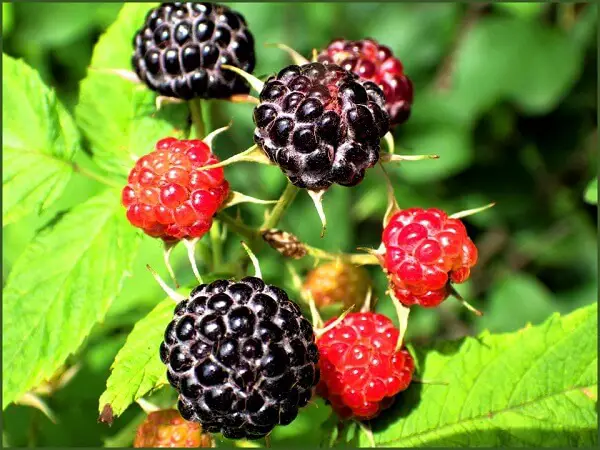
Many of the fruits we enjoy grow on bushes. Here’s a few that you might plant.
- Blueberry
- Goose Berry
- Blackberry
- Black Raspberry
- Red Raspberry
- Grapes. But only plant them along a fence line or sparsely. They will climb your trees and compete for sunlight.
Managing Thorny Bushes
Many berry bushes have thorns. These include blackberry, black raspberry, and red raspberry. You need to step back and think about how and where you want to plant them in your edible forest.
Grow in rows. If you’ve ever waded through a large thicket of thorny bushes, you know the problem. You inevitably emerge with numerous scratches on your face, neck, arms, and legs. Wearing long pants and a long sleeve shirt along with gloves can help. Unfortunately, most berry bushes present ripe fruit at the hottest and most humid time of year.
A simple solution is to plant any thorn bearing berry bush in rows. That way you can work either side of the row to harvest. They’ll eventually spread, but at least you tried.
Grow on your property line as a hedgerow. It’s inevitable that you may have some poaching done in your edible forest, particularly if it spreads over a large area. How much that bothers you is a matter of personal choice. Besides, there will be plenty of wild animals who will be helping themselves on a regular basis.
One solution to keep people and animals out is to use thorny, berry bushes as a hedgerow. This may be enough to deter an aimless trespasser from wandering onto the rest of your property.
Berry bushes reseed themselves from year to year in spite of your judicious harvesting, so as time goes on, your natural fence will grow.
3. Ground Plants
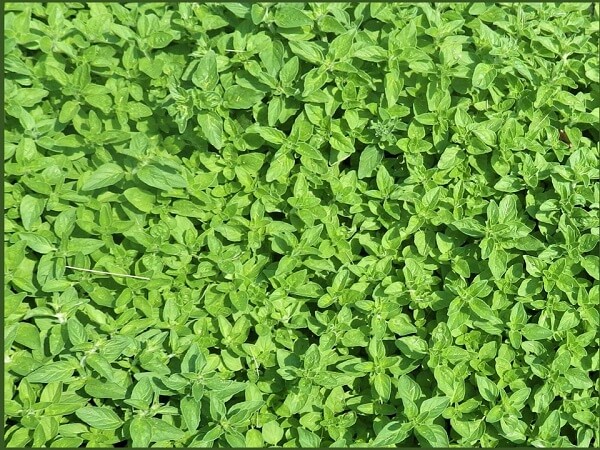
There’s a lot to choose from, but don’t think all of your plants in your edible forest have to be wild varieties. You can plant any vegetable you would plant in a vegetable garden. You’re just letting them grow wild.
Herbs are another consideration. Herbs tend to be hardy plants, and most will spread to varying degrees. Here again, you’ll want to cluster your herbs in a general area. If you’re out picking herbs for cooking, it’s easier if you can find them quickly rather than wandering all over the place trying to find the oregano. It’s similar to a grocery stocking mentality where things are displayed in aisles based on their type and end-use.
The one other thing you’ll want to consider are vegetables and herbs that are perennial or easily reseed themselves. You can always make the time to plant annuals every Spring in your edible forest, but that’s up to you.
The Perennial Catch
They take a while to mature. Some perennial vegetables and especially herbs are ready for harvest during one growing season. Others, like asparagus, take 2 or 3 years to mature sufficiently for harvest.
Shade Loving Plants
As the trees in your edible forest grow, so will the amount of shade. The good news is that many perennial vegetables prefer shade, but ask your local gardener or do some research to make sure.
Vegetables:
- Asparagus (prefers shade)
- Artichoke (prefers shade)
- Kale (prefers shade)
- Garlic (shade tolerant)
- Radicchio (prefers shade)
- Rhubarb (shade tolerant)
- Collard greens (prefers shade)
- Horseradish (shade tolerant)
- Jerusalem artichokes (prefers shade)
- Ramps (wild leeks) (shade tolerant)
Herbs
- Thyme (shade tolerant)
- Lovage (prefers shade)
- Oregano (prefers shade)
- Chives (reseed profusely) (shade tolerant)
- Chamomile (also reseeds profusely)
- Lemon Balm (shade tolerant)
- Mint (spreads rapidly) (prefers shade)
- Sorrel (shade tolerant)
- Marjoram (prefers shade)
- Ginger (prefers shade)
PLANTING:
Timing
The best time of year to plant anything is early Spring. There’s usually plenty of rainfall, moderate temperatures, and a growing season ahead before the first frost and freeze set in, depending on your climate zone.
Trees can also be planted in the early fall. It’s another time of year when rain is common, and the temperatures are moderate so that a young tree won’t burn in summer’s heat or the of lack water due to rapidly drying ground.
But there’s another factor to timing that goes beyond planting and growing seasons, and that’s the time-to-maturity for the development of fruits, nuts, vegetables and other foods in an edible forest.
When planting an edible forest, your young trees should be your first priority. Unlike ground plants and even some bushes, trees need years to mature and bear fruits or nuts.
Here are some general guidelines for time-to-maturity resulting in a first harvest.
| Tree or Plant Type | Average First Harvest |
| Trees like oak, pine, or maple | 10 to 20 years |
| Fruit trees | 5 to 10 years |
| Perennial bushes | 2 to 4 years |
| Perennial vegetables | 1 to 3 years |
| Perennial herbs | 1 season |
| Annual vegetables and herbs | 1 season |
The important thing to remember is that there’s really no rush. An edible forest takes time to mature, and if you consistently add to it over time, you can manage the cost and the labor.
Watering
This can be a tough one depending on the size of your edible forest. The most important watering task should be dedicated to newly planted trees. You could also string together lengths of hose to a certain distance to help, or you may have to haul 5-gallon buckets of water to keep any newly planted tree watered.
A steady rain will do wonders for anything you plant, but until that happens, you may need to keep an eye on things for any sign of wilt. If the leaves start browning, you may be too late.
Composting and Soil Treatment
If you’re planting in a deep, loamy soil, you’re in luck. Loamy soils hold water and provide good available nutrients to newly planted trees, bushes, and plants. If your soil is sand or clay or a grainy sub-soil you should probably toss some peat moss or compost into any hole for planting to give them a head start and to help the poor soil to hold moisture.
Don’t bother with chemical fertilizers. In a forest, you’ll have a hard time keeping up. You have to let the natural environment feed your forest, but you can consider one beneficial option that can add to your plantings: Plants with nitrogen-fixing properties.
Certain plants, like the legume family (beans and peas), have the ability to return nitrogen to the soil from the air. They do this as a result of nitrogen-fixing bacteria that surround their roots. The result is that the soil is re-nourished and any plants in the vicinity will reap the benefits.
Most legumes are annual plants and are either small bushes or vines, but they’re worth planting from time to time not only for their nutritional value, but also for the nutritional value they bring to the soil of your edible forest.
Because they sprout from seed, they’re low-impact from a labor standpoint and usually germinate easily. You don’t have to worry about the vine varieties competing for sunlight either. The winter will kill them off.
Volunteers
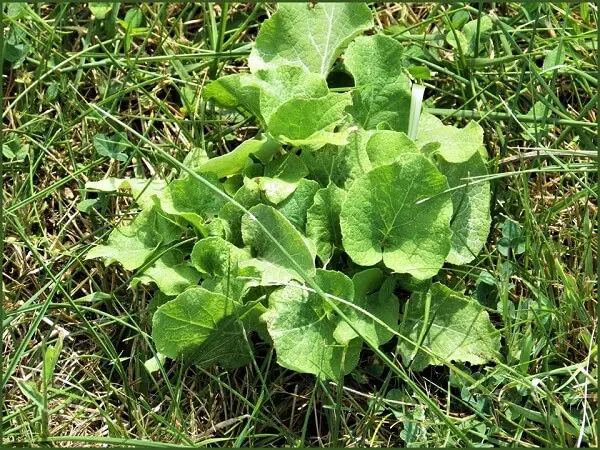
It’s inevitable that a plant, bush, or tree could show up in your edible forest that you don’t remember planting. That’s because you didn’t, nature did. Seeds are often carried on the winds and some will end up in your forest.
If that bothers you, figure out what it is. If it’s toxic or poisonous, get rid of it.
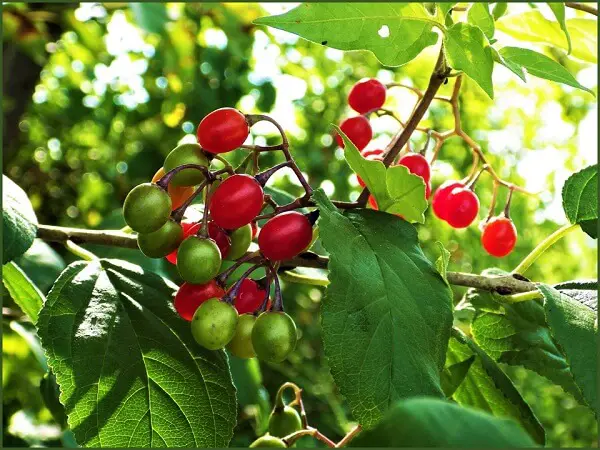
The idea of an edible forest is to take the edge off the fear of the unknown. Even if it’s benign, try to determine if it has any value nutritionally or medicinally. If it doesn’t, all it’s doing is competing for sunlight and nutrients with your more beneficial plantings.
If that’s the case, it’s got to go and do it before it gets established. This isn’t about constant weeding, but a little vigilance can keep your edible forest, edible.
Some Good Guys
Not all volunteers are bad. Even dandelions have nutritional and medicinal value in their leaves, crowns, and roots. Plantains, clover, creeping Charlie, cattails, the red berries of a sumac, the inner bark of the white willow, and others have values you should learn to appreciate.
All you’re doing is what you would do with any stranger who suddenly appeared in your forest. Taking the time to figure out whether or not they’re welcome in your woods.
Conclusion
So hopefully by now, you understand what is meant by the term, “edible food forest.” Having one is a great goal to work toward for anyone who wants to live off the grid.
Like this post? Don't forget to Pin It on Pinterest!

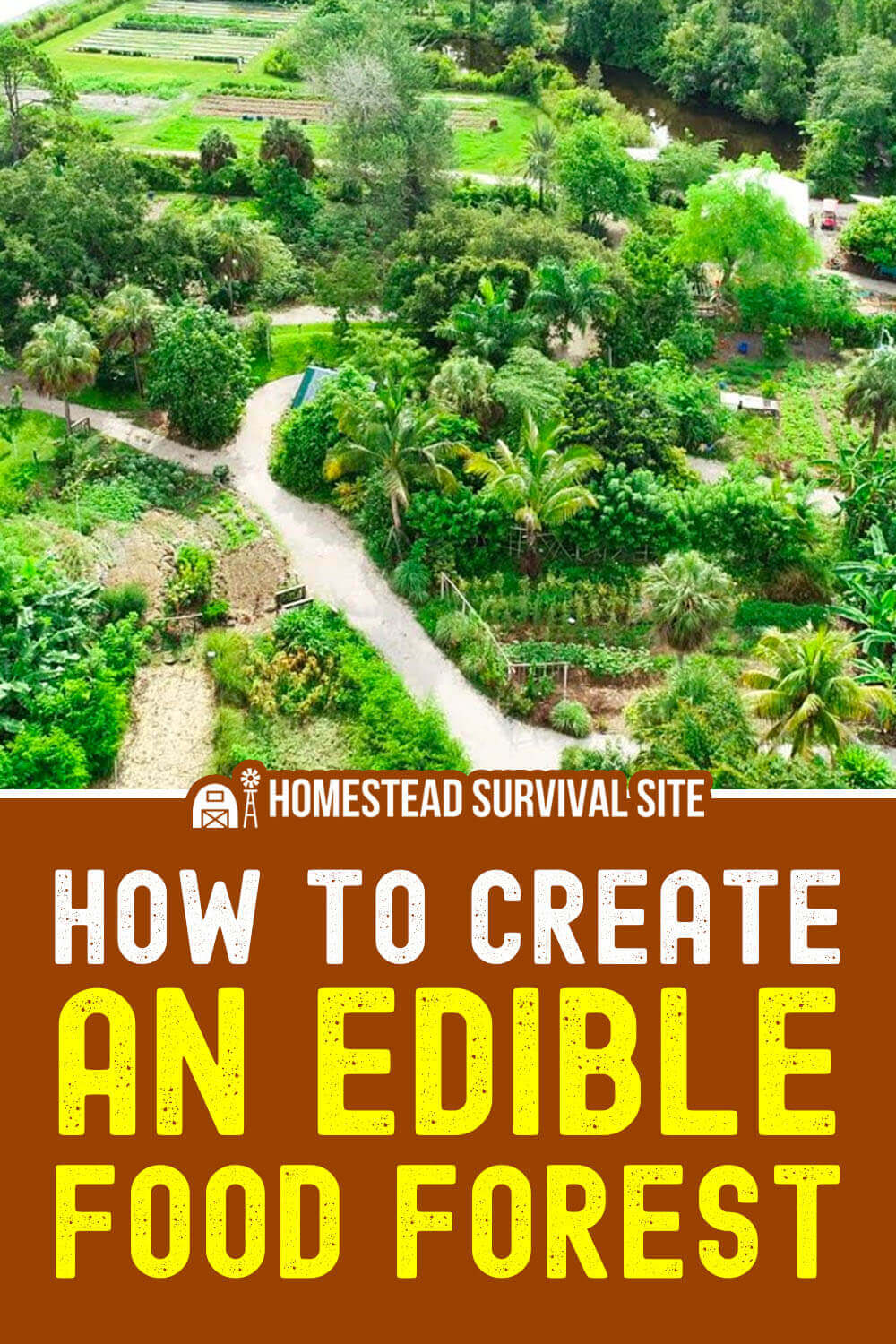


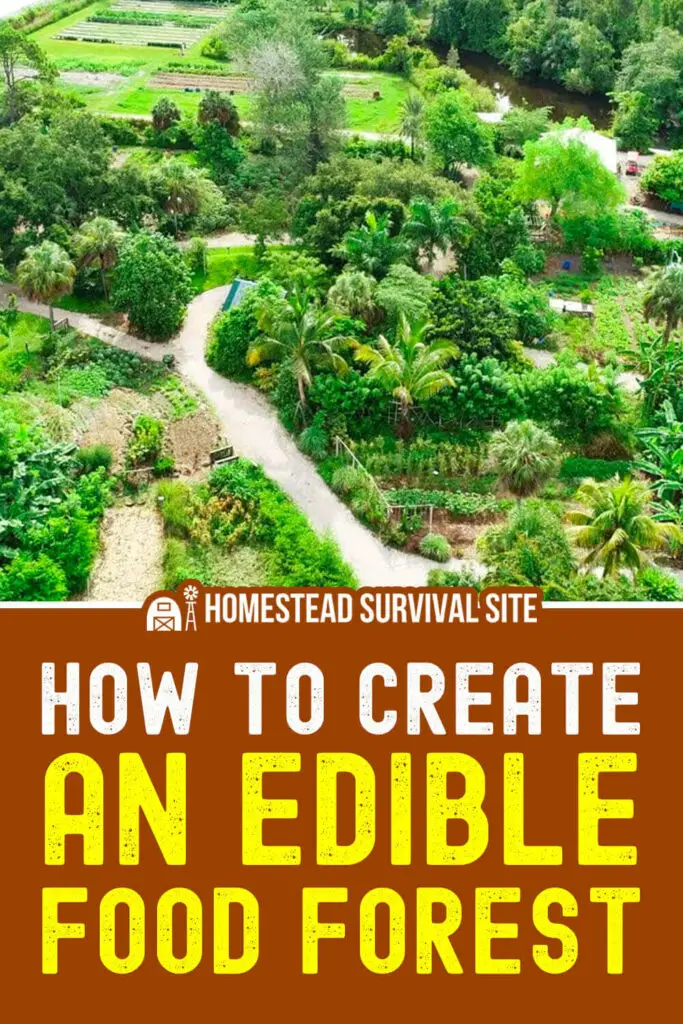

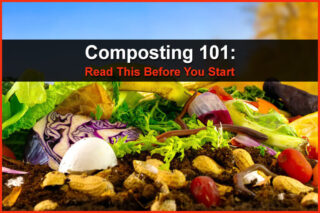
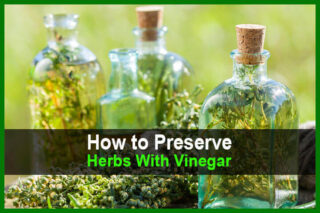
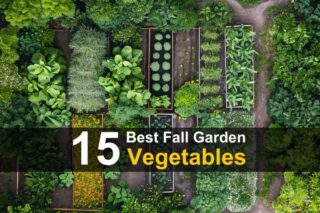
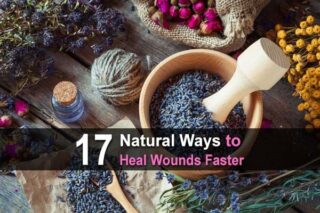
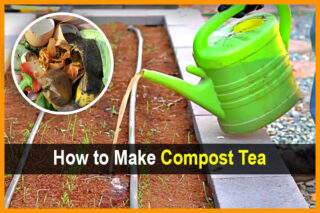
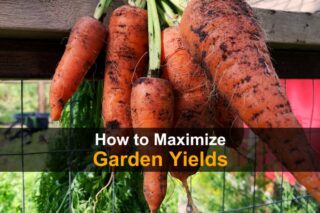

I think I will forgo the pine trees. We have enough around us now and If it were possible for me to cut them down I would. I know this is sacrilegious to some people but with my allergies to pine I could do without them.
Awesome article for newbies. I live in Mojave desert and not slot grows out here. Pine trees use too much water. I am attempting two apple trees right now and plan on fall planting.